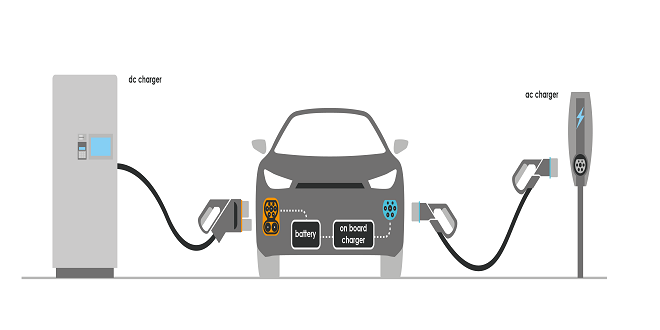Smart charging

Introduction
The ‘current’ demands made by modern vehicles on the charging system are considerable – and increasing. The charging system must be able to meet these demands under all operating conditions and still fast charge the battery.
The main component of the charging system is the alternator and on most modern vehicles, with the exception of its associated wiring, it is the only component in the charging system. The alternator generates AC but must produce DC at its output terminal, as only DC can be used to charge the battery and run electronic circuits.
Closed loop regulation of output voltage
To prevent the vehicle battery from being overcharged the regulated system voltage should be kept below the gassing voltage of the lead-acid battery. 0.2 V was traditionally used for all 12 V (nominal) charging systems. Accurate voltage control is vital with the ever-increasing use of electronic systems. It has also enabled the widespread use of sealed batteries, as the possibility of overcharging is minimal.
Traditionally the regulator base plate or heat sink temperature was used as a reference to estimate battery temperature. This is because the ideal maximum charge rate for a battery varies with its temperature. Further, if the regulator senses a significant change in voltage, a function is employed to quickly recover this to the normal set regulation point. In normal regulators this function is integrated into the regulator itself.
Open loop control
Some manufacturers are now bringing together alternator output control, electrical power distribution and mechanical power distribution. This is known as intelligent or smart charging.
The principle of open loop control charging is that the alternator regulator and the powertrain control module (PCM) communicate. In simple terms the alternator can talk to the PCM and the PCM can talk to the alternator.
Battery lifetime
Closed loop regulators estimate the battery temperature based on their own temperature. This does not always result in an accurate figure and hence battery charge rates may not be ideal. With an open loop ‘smart charge’ system the PCM can calculate a more accurate figure for battery temperature because it has sensors measuring, for example, coolant temperature, intake air temperature and ambient air temperature.
Engine performance
The powertrain control modules (PCMs) usually control engine idle speed in two ways. The main method is throttle control, using either a stepper motor or an air bypass valve. This is a good method but can be relatively slow to react. Changes in ignition timing are also used and this results in a good level of control. However, there may be emission implications.
One of the main causes of idle instability is the torque load that the alternator places on the engine. Because a PCM control system is ‘aware’of the alternator load, it calculates the corresponding torque load and sets the idle speed accordingly. Overall the idle can be set at a lower value thus reducing fuel consumption and emissions.
Fault conditions
As well as communicating the load status of the alternator to the PCM, the regulator can also provide diagnostic information. In general the following fault situations can be communicated:
- No communication between regulator and PCM.
- No alternator output due to mechanical fault (drive belt for example).
- Loss of electrical connection to the alternator.
- System over or under voltage due to short or open circuit field driver.
- Failure of rotor or stator windings.
- Failure of a diode.
The PCM can initiate appropriate action in response to these failure conditions, for example, to allow failsafe operation or at least illuminate the warning light! Suitable test equipment can be used to aid diagnostic work.
Summary
Smart or intelligent charging systems are here now, and are here to stay. The ability of the alternator regulator and engine control systems to communicate means new possibilities, increased efficiency and improved performance.





